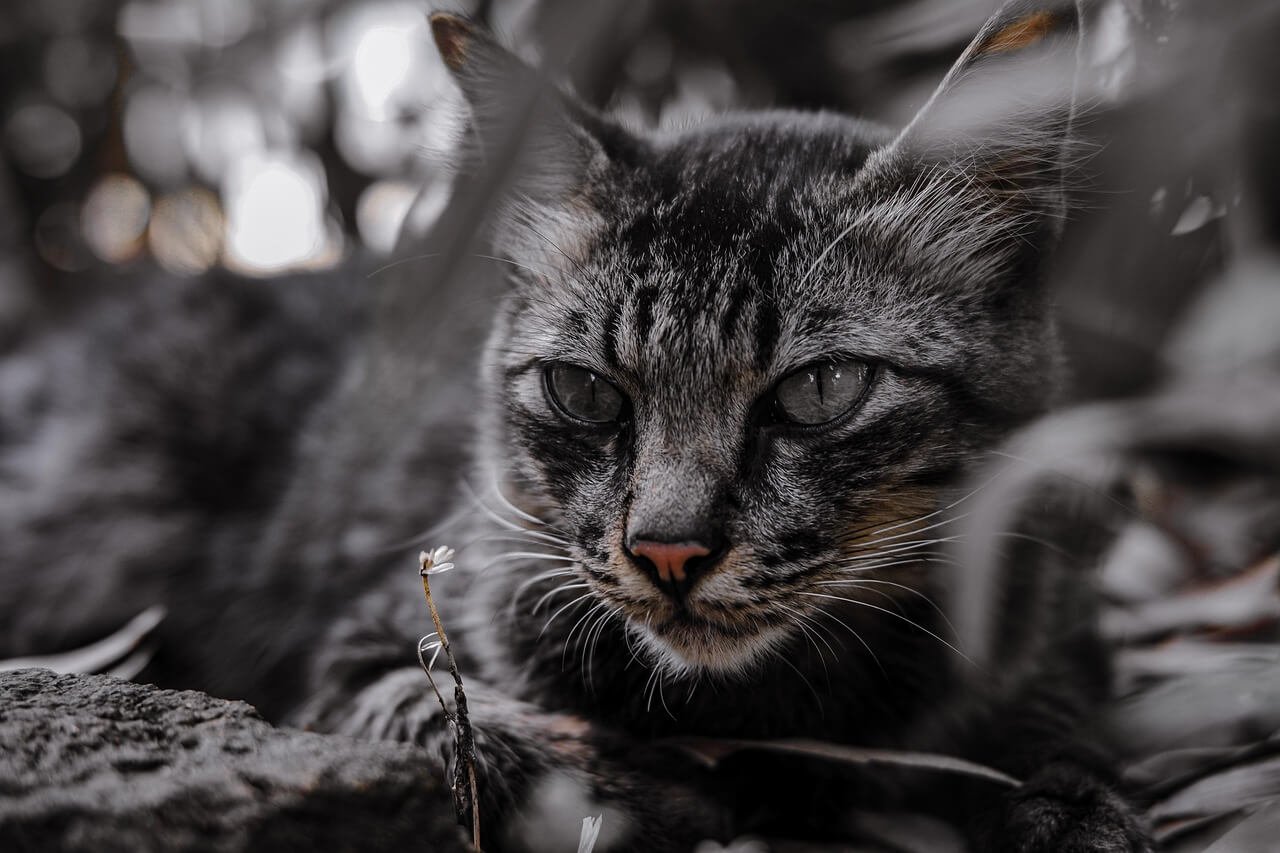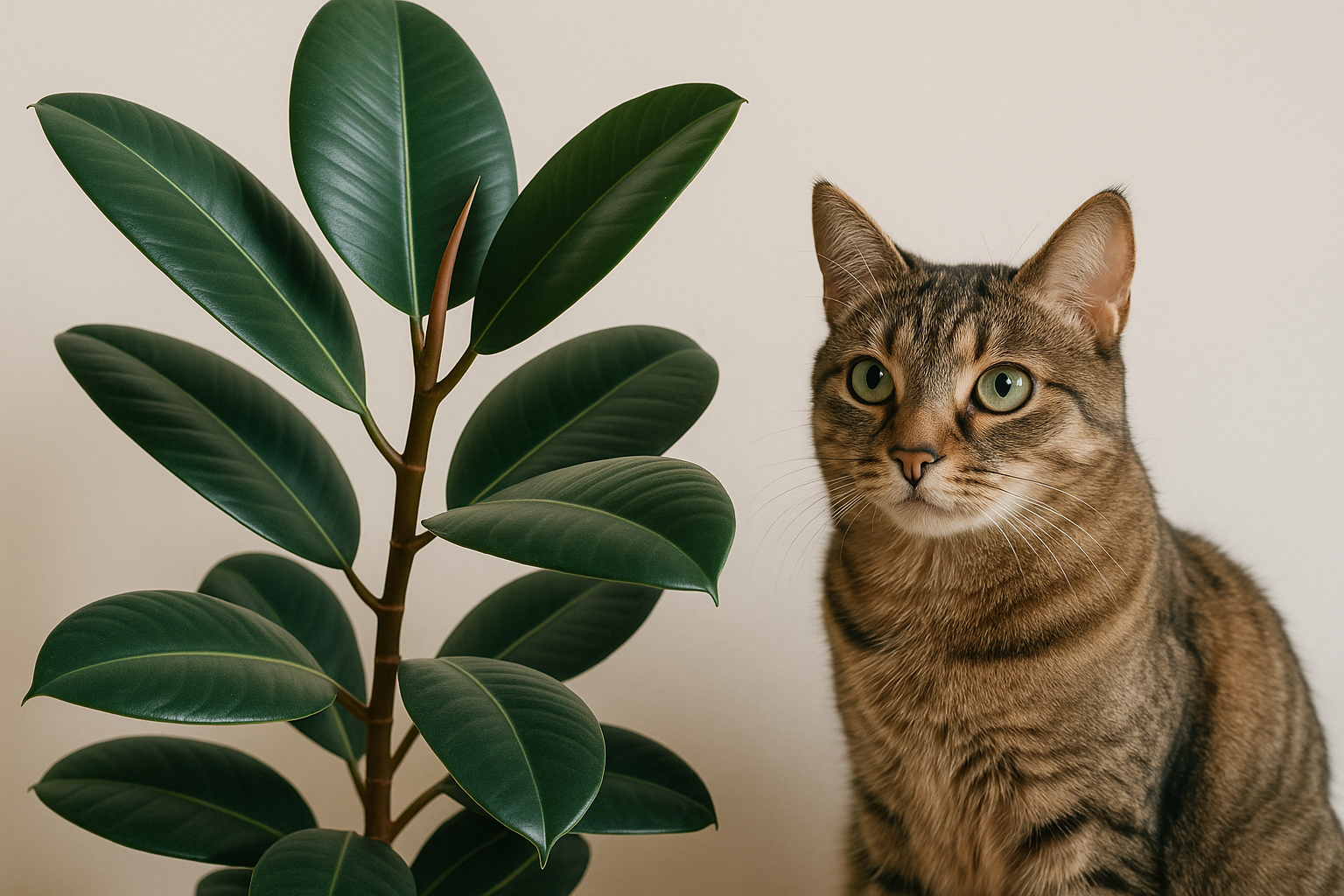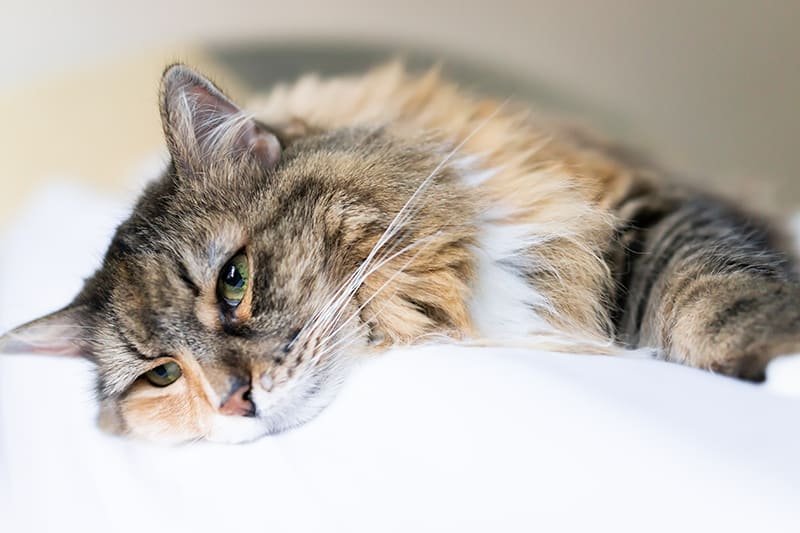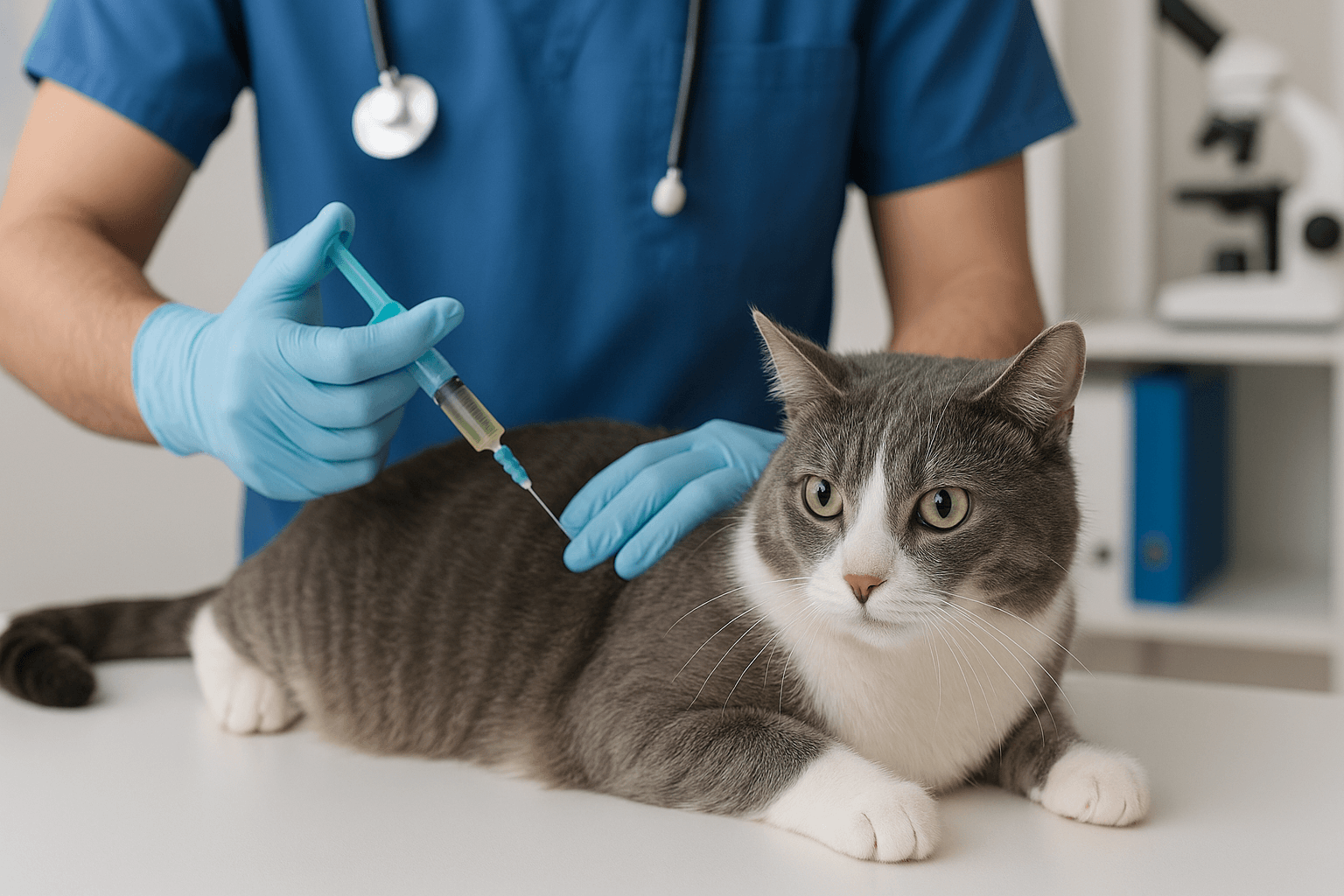Does Cat Litter Deter Mice?
Mice are unwelcome guests in any home, and homeowners are always on the lookout for effective ways to keep them at bay. One popular suggestion is using cat litter as a deterrent. The idea is that mice, being naturally cautious creatures, might avoid areas that smell like predators such as cats. But does this method actually work? In this blog post, we’ll explore the science behind this theory, examine its effectiveness, and provide practical tips for using cat litter—or alternative methods—to keep mice out of your home. Whether you’re dealing with an infestation or simply want to prevent one, this guide will help you make informed decisions.
How Cat Litter Might Deter Mice
The concept of using cat litter to repel mice is based on their instinctual fear of predators. While it’s not a foolproof solution, there are several reasons why this method could be effective in certain situations.
Predator Scent Association:
Mice have an acute sense of smell and associate the scent of cats with danger. Cat litter may carry traces of this predator scent, deterring mice from entering the area.Ammonia Content in Urine:
Used cat litter often contains ammonia from cat urine, which can mimic the smell of predators and make mice think twice about approaching.Strong Odors Act as Repellents:
Mice dislike strong or unfamiliar smells, and the scent of certain types of cat litter (especially clay-based ones) may overwhelm their sensitive noses.Psychological Deterrent:
Even if the scent isn’t directly harmful, the psychological association with danger can discourage mice from exploring further.Temporary Solution Only:
While cat litter might deter mice initially, it’s unlikely to solve a full-blown infestation on its own.
While cat litter has potential as a natural deterrent, its effectiveness depends on various factors, including the severity of the problem and the type of litter used.
Types of Cat Litter That May Work Best
Not all cat litters are created equal when it comes to repelling mice. Some types are more likely to produce scents or conditions that mice find unpleasant.
Clay-Based Litter:
Clay litter tends to have a stronger odor and retains moisture well, making it more effective at masking other scents mice might follow.Scented Litter:
Litters infused with fragrances like lavender or citrus can double as mouse repellents since mice dislike these strong scents.Used vs. Fresh Litter:
Used litter containing traces of cat waste is more likely to deter mice due to the presence of predator scents. However, it can also create hygiene concerns indoors.Natural Wood or Pine Litter:
These litters often emit aromatic oils that mice find off-putting, adding an extra layer of deterrence.Avoid Silica Gel Litter:
Silica gel litter doesn’t retain scents well and lacks the ammonia content found in other types, making it less effective against mice.
Choosing the right type of cat litter can maximize its potential as a deterrent while minimizing risks to your household environment.
Check this guide 👉How Big Should a Cat Litter Box Be? Best 7 Expert Tips!
Check this guide 👉What to Do If Your Dog Ate Cat Litter: Best 7 Tips!
Check this guide 👉Cat Litter Pine Pellets: Best 7 Expert Tips!
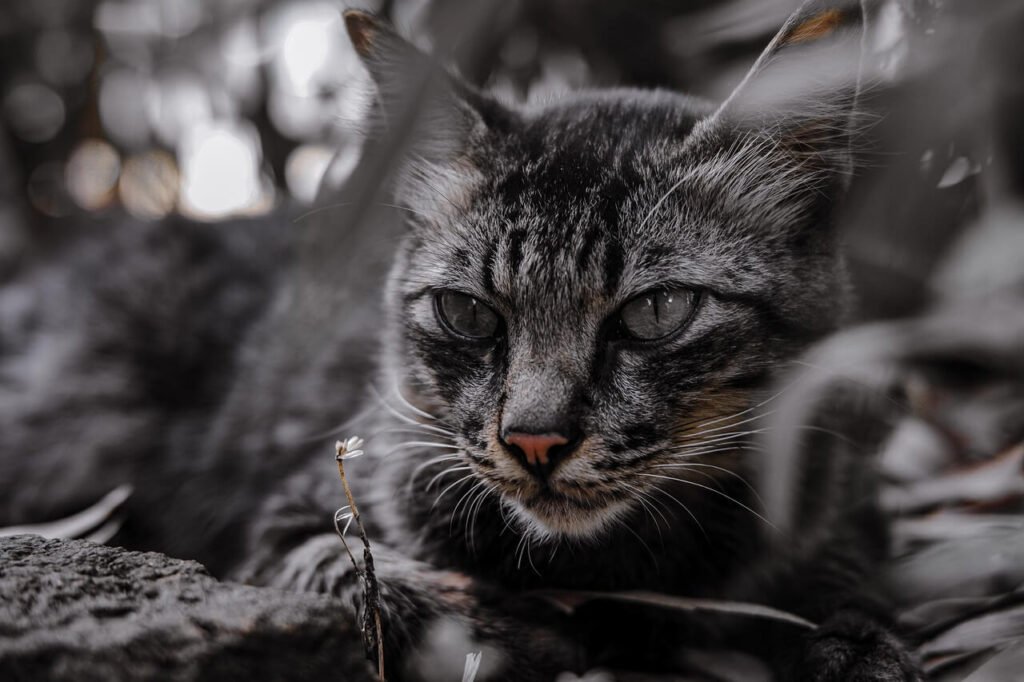
Pros of Using Cat Litter Against Mice | Cons of Using Cat Litter Against Mice |
|---|---|
Natural and chemical-free option | May not address severe infestations |
Utilizes predator scent psychology | Requires frequent replacement for effect |
Cost-effective compared to commercial traps | Can cause odors in living spaces |
Easy to apply in targeted areas | Not suitable for people with allergies |
Environmentally friendly | Results vary depending on mouse behavior |
Other Natural Methods to Complement Cat Litter
If cat litter alone isn’t enough to deter mice, combining it with other natural methods can enhance your efforts. These additional strategies create a multi-layered approach to pest control.
Peppermint Oil Spray:
Mice hate the smell of peppermint oil. Mix a few drops with water in a spray bottle and apply it around entry points and high-traffic areas.Steel Wool Barriers:
Stuff steel wool into small cracks or holes where mice might enter. They dislike chewing through this material.Ultrasonic Repellent Devices:
These devices emit high-frequency sounds that irritate mice without affecting humans or pets.Herbs and Spices:
Place sachets filled with dried herbs like cloves, cayenne pepper, or bay leaves near suspected entryways to repel rodents.Maintain Cleanliness:
Eliminate food sources by sealing garbage cans, cleaning up crumbs, and storing food in airtight containers.
Combining these tactics with cat litter creates a robust defense system against mice, increasing your chances of success.
Signs You Need Professional Help Instead of Cat Litter
While DIY methods like cat litter can help manage minor issues, some situations require professional intervention. Recognizing these signs ensures you act promptly before the problem escalates.
Visible Droppings Everywhere:
Finding mouse droppings in multiple rooms indicates a widespread infestation that needs expert attention.Chewed Wiring or Furniture:
Mice gnawing on electrical wires or furniture poses safety hazards and requires immediate action.Repeated Sightings During Daytime:
Mice are nocturnal, so seeing them during the day suggests overpopulation and competition for resources.Strange Noises in Walls or Ceilings:
Scratching or scurrying sounds coming from hidden spaces mean mice are nesting inside your walls.Failed Attempts at DIY Solutions:
If cat litter, traps, or repellents haven’t worked after several weeks, it’s time to call in professionals.
Knowing when to seek professional help prevents further damage and stress caused by persistent rodent problems.
Understanding Mouse Behavior Around Cat Scents
To fully grasp how cat litter affects mice, it helps to understand their behavioral patterns and instincts. This knowledge allows you to use deterrents more strategically.
Fear of Predators:
Mice are hardwired to avoid anything associated with predators, including scents, sounds, and visual cues.Exploratory Nature:
Despite their fear, mice are curious creatures and may test boundaries unless deterred consistently.Adaptability to New Environments:
Over time, mice can grow accustomed to certain scents if they don’t perceive an immediate threat.Preference for Dark Spaces:
Mice feel safer in dark, enclosed areas, which is why hiding cat litter near suspected nests can amplify its impact.Social Learning Among Mice:
If one mouse learns to overcome a deterrent, others may follow suit, highlighting the need for varied tactics.
Understanding these behaviors helps tailor your approach to maximizing the deterrent effects of cat litter.
Common Mistakes When Using Cat Litter Against Mice
Even well-intentioned efforts can fail if mistakes are made. Avoiding these common pitfalls improves your chances of success.
Using Too Little Litter:
A small amount won’t produce enough scent to deter mice effectively. Use generous portions in strategic locations.Placing It Incorrectly:
Leaving litter far from entry points or activity zones reduces its effectiveness. Focus on high-risk areas instead.Ignoring Hygiene Concerns:
Using heavily soiled litter indoors can create unpleasant odors and health risks for humans and pets alike.Relying Solely on Cat Litter:
Combining methods increases efficacy; relying only on litter may leave gaps in your defense strategy.Expecting Instant Results:
Deterrents take time to work, especially if mice have already established habits in your home.
By avoiding these errors, you can optimize your use of cat litter as part of a broader pest-control plan.
Long-Term Strategies for Keeping Mice Away
Beyond short-term deterrents like cat litter, implementing long-term strategies ensures lasting protection against mice.
Seal Entry Points:
Inspect your home for cracks, gaps, or holes and seal them with caulk, foam, or steel wool to block access.Install Door Sweeps:
Add door sweeps to exterior doors to eliminate gaps where mice could sneak in.Declutter Regularly:
Remove clutter inside and outside your home to eliminate hiding spots and nesting materials.Trim Vegetation Near the House:
Keep shrubs, bushes, and grass trimmed to reduce shelter options close to your foundation.Schedule Routine Inspections:
Regularly check for signs of mice, even after resolving an issue, to catch new problems early.
These proactive measures create a mouse-resistant environment that complements natural deterrents like cat litter.
Frequently Asked Questions About Using Cat Litter to Deter Mice
Is cat litter safe to use indoors as a mouse deterrent?
Yes, but fresh or lightly scented litter is recommended to avoid unpleasant odors or hygiene issues.
How often should I replace the cat litter?
Replace it every few days to maintain a strong scent that deters mice effectively.
Can I use unused cat litter instead of used litter?
Unused litter works too, though it lacks the predator scent found in used litter, which may reduce its effectiveness.
Will cat litter harm my pets or children?
Generally no, but avoid placing it in areas where pets or kids might ingest it accidentally.
What if the mice come back after using cat litter?
Combine cat litter with other deterrents or consult a pest control professional for persistent problems.
A Balanced Approach to Mouse Prevention
Using cat litter as a mouse deterrent offers a natural, cost-effective way to protect your home from unwanted visitors. While it may not completely eliminate an infestation, combining it with other methods creates a comprehensive defense strategy. Understanding mouse behavior, maintaining cleanliness, and addressing structural vulnerabilities ensure long-term success. Remember, persistence and adaptability are key when tackling pest problems. By staying proactive and informed, you can keep your home mouse-free and enjoy peace of mind knowing you’ve taken steps to safeguard your space.
Is the Rubber Tree Cat Safe? Best 7 Expert Tips! Discover expert advice on keeping rubber plants safely in cat-friendly homes and learn top tips for pet-safe plant care.
Low Red Blood Cell Count in Cats: Best 7 Expert Tips! Discover causes, symptoms, and treatment options for feline anemia. Learn how to support your cat’s health effectively with expert advice.
Understanding Megacolon Treatment: Best 7 Expert Tips! Discover effective strategies to manage feline megacolon, from dietary changes to surgical options, ensuring your cat’s comfort and long-term health.
How to Register a Therapy Cat: Best 7 Expert Tips! Discover essential steps to certify your cat as a therapy animal, prepare them for training, and make a meaningful impact in therapeutic settings.

